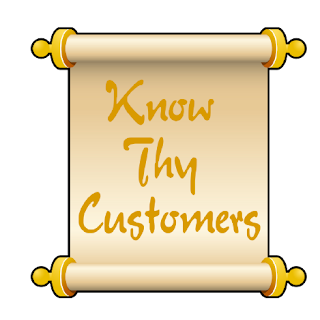“A cluttered desk is a sign of a cluttered mind.”
 |
| How did such a filthy studio produce such clean paintings? |
So we have here, once again, a clash. A dichotomy. Once again we have a way of dividing ourselves against ourselves. As if we didn’t have enough of those.
Those of the uncluttered persuasion will tell you that there’s a place for everything, and everything should darn well be in its place. It’s a matter of productivity, they say. Neatness and organization provide the tools and empowerment to get work done quickly, efficiently, and accurately.
Meanwhile, the denizens of the other end of the spectrum tell you that where you see clutter, they see an unconventional yet workable filing system. Of course they know where everything can be found — every pile and overstuffed desk drawer represents a logical progression of tasks and relationships.
Besides, they say, if you’re spending so much time organizing your workstation, how much work can you actually be getting done?
Sigh. Can’t we all just get along?
Here’s a thought: Maybe both sides are right. Now before you accuse us of being wishy-washy, let us assure you that this isn’t just a theoretical group hug we’re advocating here. We speak from experience.
Within these hallowed halls of Caler&Company (What? They’re hallowed to us…) you can find both cluttered desks, and desks that veritably shimmer with immaculateness. Some members of our team are called to alphabetize their paperclips, and some of us need to dig archaeological trenches to find last month’s expense reports.
And it doesn’t matter a bit. Not as long as we’re creating powerful marketing communications that get results for our clients. (We totally are.)
Because what works for each of us is, unsurprisingly, that which works for each of us. Trying to force our Oscar Madisons into Felix Unger-shaped pigeonholes wouldn’t just be futile, it’d be counterproductive. It would mess with this precious success-formula of ours. We can’t have that.
Maybe this philosophy would work for your business? It just might. Give it a try. Instead of driving wedges between your neatniks and your paper-hoarders, try just letting them be themselves. If they give you their best work, you know you’re on the right track.
And if you still need a dichotomy, then try this one on for size: If a cluttered desk is a sign of a cluttered mind, what's an empty desk a sign of?
The C4:
- The hullabaloo between those who neatly organize their desks, and those who, um, don’t, is getting a little nasty. The two sides have gone beyond questioning each other’s work methods. Seems like they’re now questioning each others' sanity, patriotism, and commitment to the survival of mankind.
- Which means we’re taking taking this way too seriously. It comes down to this: It’s your desk. Can you find everything you need? Can you get your work done? Can you not just perform, but excel? Then great — organize (or disorganize) anyway you choose.
- That’s how we run things here. At Caler&Company, we’re judged on our results, not the state of our desktops. Makes sense, doesn’t it? There’s more than enough divisiveness to go around.
- For example, much as we love our coworkers, would you believe that come Sunday, some of these people are going to be rooting for the wrong team? Now that is truly a sign of some kind of messed-up mind.




























